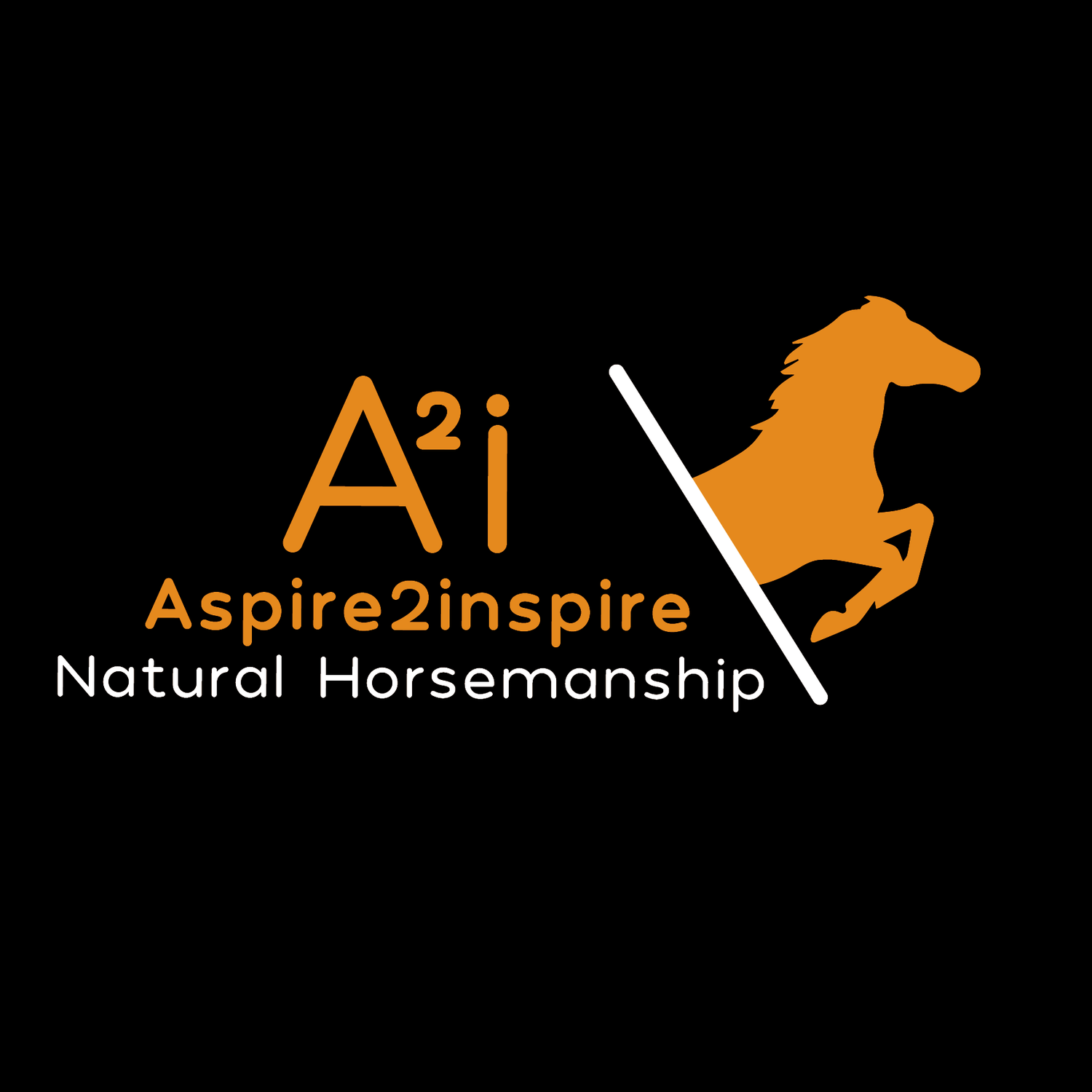How Many of Us Gave Our Horse a Valentine’s Kiss Today?
Valentine’s Day, those in the horse world often find themselves in the barn, pressing soft kisses to velvety muzzles and whispering sweet nothings into attentive ears. But how many of us stopped today to give our horse a Valentine’s kiss—and who, truly, was it for?
In truth, kissing our horses does little for them but a great deal for us. Horses don’t understand kisses as a sign of love; they don’t feel warmth in gestures like humans do. Yet we continue to do it, revelling in the simple, unconditional presence of our equine partners. Unlike human relationships—so often fraught with misunderstandings, unspoken expectations, and conditional love—a horse asks for nothing when we press our lips to their skin. And perhaps that is the real appeal.
Just because a kiss doesn’t evoke a reaction doesn’t mean horses are easier to love. The absence of a response may make the gesture feel simple and comforting, but it doesn’t mean the relationship itself is without challenges. While a kiss may go unnoticed, the same cannot be said for the moments spent in the arena, out on a hack, or tackling a jump or in a Dressage test. In those spaces, horses present us with many of the same challenges we face in human relationships—requiring patience, understanding, trust, and the ability to navigate setbacks without frustration or blame.
It’s not that equestrians are incapable of human relationships, but rather that human relationships require far more effort. In an increasingly individualistic society, where people lead independent lives, juggle conflicting schedules, and struggle to align responsibilities like sharing a home or splitting bills, maintaining deep connections has become exhausting. The balance of give and take feels harder to achieve, and as a result, more and more simply opt out. The growing sentiment seems to be: If relationships are this much work, to hell with it. Instead, people turn to their horses—where it is perceived that companionship doesn’t come with logistical struggles, emotional negotiations, or the burden of constantly meeting another person’s expectations.
But while horses provide a safe emotional outlet, they are not a replacement for human connection. The love we seek in our horses—the acceptance, the simplicity, the absence of judgment—exists precisely because they are not human. They don’t challenge our views intellectually, argue with us, or demand that we adapt in the way other people do. And while that may feel like a relief, it also means we miss out on the growth and depth that only human relationships can offer.
Yet, when a horse does express itself—whether through bucking, rearing, or seemingly unwarranted behaviour—we often interpret it through a human lens. We label them as stubborn, accuse them of having an agenda (“He waits until I get to the gate, then starts bucking!”), and, in some cases, even decide to sell them. Ironically, in moments of frustration, we project onto them the very traits we try to escape in human relationships.
So, this Valentine’s Day, as we press kisses to our horses’ noses and call ourselves their “mummy” or “daddy,” let’s ask ourselves: Are we giving love, or are we searching for it? And if we’re searching, is it because the human world has made love feel too complicated, too conditional, or too exhausting to navigate?
Perhaps the answer isn’t in kissing more horses but in learning how to bring the clarity, honesty, and respect of our equine relationships into the human ones we so often struggle with. After all, love—real love—isn’t just about finding a space where we feel safe. It’s about learning how to navigate the spaces where we don’t. Exactly what good horse people do with their steeds.
